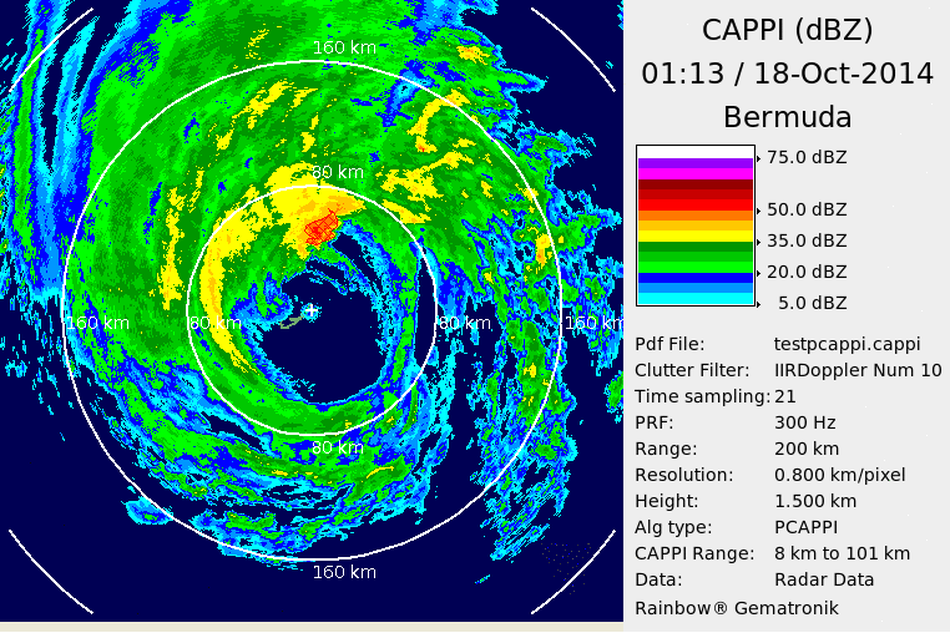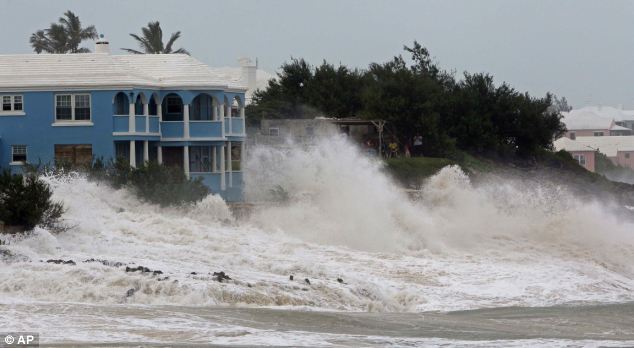|
Navigation >>
|
6.3 - Hurricanes
Objectives:
- To know how a hurricane is formed and maintained, and the early warning signs of an approaching storm.
- To understand the difference between track speed and rotational speed, and so determine the 'dangerous quadrant'.
- Be able to understand a hurricane forecast such as issued by NOAA and BWS.
Students in Bermuda and the Caribbean need no introduction to these violent storms. Recently the island has been hit by a succession of direct hits. Fay and Gonzalo in 2014, Joaquin in 2015, Nicole 2017, Humberto 2019. Before that, the two most famous hurricane events were Emily 1987 and Fabian 2003. Also, it was a hurricane in 1609 that mortally damaged the Sea Venture and led to founding of the Bermuda.
But what are these powerful storms and how do they work?
But what are these powerful storms and how do they work?
Hurricanes are tropical cyclones. They are formed around an intense area of low pressure, known as the eye. There are a couple of major differences between a tropical cyclone and an extra-tropical cyclone.
- They are much smaller. Typically 100-200 nm across.
- They don't have fronts.
- The winds are much stronger, particularly at the eye wall.
In order for a hurricane to form the following conditions must be met:
- warm sea surface temperatures \(\geqslant 27^{\circ}\text{C}\)
- At least 300 km from the equator
- Low wind shear between the surface and the upper levels of the troposphere.
ACTIVITIES
|
| ||||||||||||
Navigation >>

